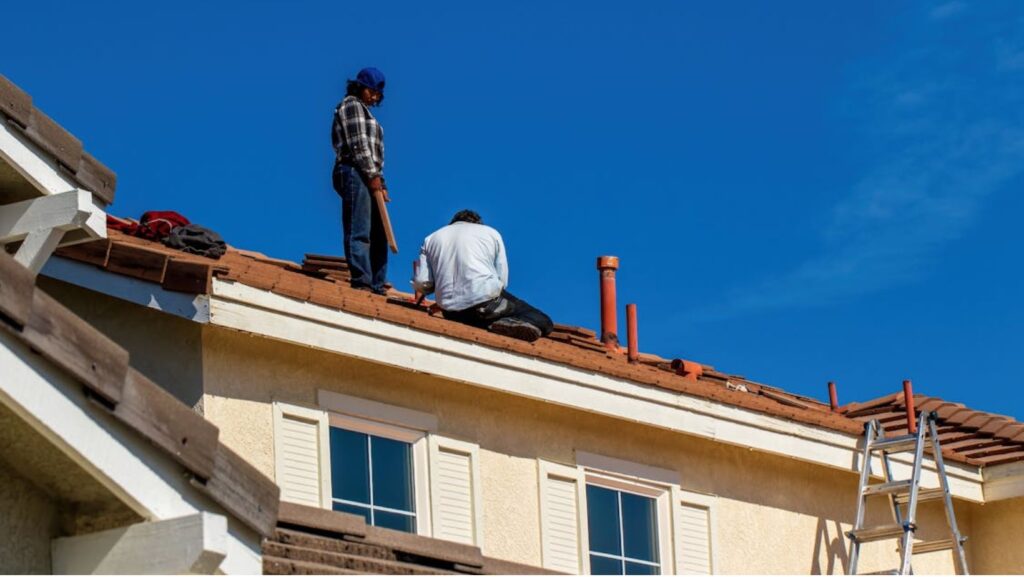You may have invested a lot of time and money in acquiring your home but it’s never safe from the effects of extreme weather phenomena. Think about blizzards and tornadoes that could destroy structural integrity and leave you dealing with high repair costs. Considering if you’re in a disaster-prone area, you can cut your potential losses by investing in weather-resilient improvements.
There’s a lot you can do to keep your home standing and reduce the damage that a calamity might bring. Most important of all is to ensure your family’s safety, no matter how difficult the weather gets. Here are some things worth checking out to turn your home into a weather-resilient refuge.
Know What You’re Up Against
The first thing to keep in mind is the types of weather disturbances that are most common in your state or area. From the outset, you should assess if the structure is standing in a flood plain. Elevating your home and signing up for homeowners’ insurance with a flood damage cover should be factored into your decision to settle in that area.
Other than that, you will need to check how hurricane-prone the area is. You will need a structural reinforcement plan that strengthens the weakest parts of your home and prepares them for intense winds, especially if you live in the southern portion of the East Coast. The same goes if you live up north where improving insulation could make all the difference in keeping your home warm during a winter storm.
Invest In Structural Enhancements
In choosing the kinds of improvements for your home, always refer to your disaster risk assessment. That way, you can focus on protections that correspond to the natural disasters that frequently affect your area. Hurricane-prone communities should encourage homeowners to install cyclone straps designed to protect roofing systems by securely fastening beams.
Windows and doors can also benefit from storm shutters, shielding them from debris thrown around by high winds. In the face of frequent winter storms, adding insulation and weather-stripping would be worth your time and money as they can help reduce damage from freezing temperatures. In any case, always consult with an experienced builder for structural enhancements that comply with the local building code.
Mind the landscaping
During extreme weather phenomena, your surroundings can serve as a serious threat to your property. Proper maintenance can help reduce the chances of your home getting damaged by debris. Check the trees around your home to see if the branches need to be trimmed.
Dangling branches that scrape against the windows and roof can cause considerable damage, so you might as well cut them off. It’s also important to clear your gutters and pipes of decaying leaves and drain them of water. During high winds, consider bolting down outdoor fixtures or bringing these indoors to eliminate the risk they may pose.
Come Up With An Emergency And Recovery Plan
Even if you’ve done all of the things suggested in this list, you still need to be prepared for when the effects are more devastating than you initially expected. Come up with an emergency kit complete with first aid materials and other tools such as a flashlight and power bank for charging mobile devices.
In the aftermath, inspect your property for severe damages. You will need to document these for insurance purposes. As part of your recovery efforts, get a restoration and reconstruction contractor as well as an emergency board-up service to help patch up and strengthen your home.
Endnote
You can never deny Mother Nature’s wrath but you can always make the right decisions in ensuring that your home stays intact. Consider these tips and start investing in long-term protection from the elements.




More Stories
The Growing Appeal of Retirement Homes for Today’s Seniors
Exploring the Most Anticipated Residential Projects in the Dubai Islands
Why You Should Understand How Inflation Impacts Your Mortgage